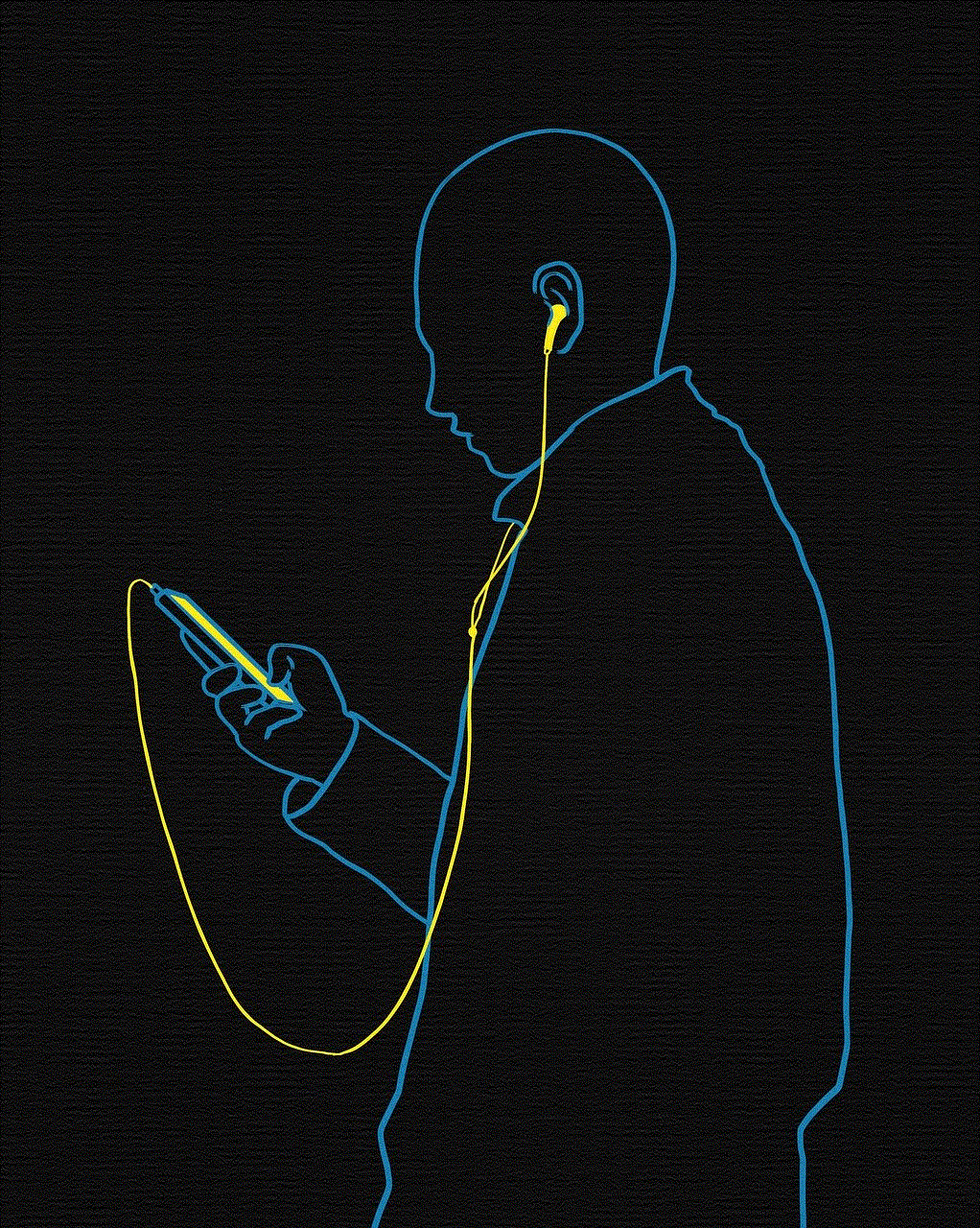what does oc mean in roleplay
Roleplaying, also known as RP, is a form of storytelling where individuals take on the roles of characters and act out scenarios in a fictional world. It is a popular pastime for many people, especially in online communities where players can interact with each other and create intricate and exciting storylines. In the world of roleplaying, there are often various terms and acronyms used to enhance the experience and make it more immersive. One such term that is commonly used is “OC,” which stands for “original character.” In this article, we will explore the meaning of OC in roleplay and its significance in the world of storytelling.
To understand what OC means in roleplay, we must first understand the concept of characters. Characters are the backbone of any story, whether it is a book, movie, or roleplaying scenario. They are the individuals who drive the plot forward and make the story interesting. In roleplaying, characters are created by the players and are given unique personalities, traits, and backgrounds. These characters can be based on existing fictional characters or completely original creations.
The term “OC” is used to differentiate between original characters and canon characters. In roleplay, canon characters refer to those that are already established in a particular fictional universe, such as Harry Potter or Captain America. These characters are usually off-limits for players to use in their storylines as they are already owned by the creators of the original work. On the other hand, OCs are entirely original characters created by players, and they do not exist in any pre-existing fictional universe.
So why do players create OCs in roleplaying? There are many reasons for this, but the most common one is the freedom to create a unique character that fits into the story they want to tell. By creating an OC, players can have complete control over their character’s personality, appearance, and backstory. This allows for more creative expression and adds a personal touch to the roleplaying experience.
Another reason for the popularity of OCs in roleplaying is the opportunity to explore different aspects of storytelling. By creating an original character, players can delve into new storylines and scenarios that may not be possible with canon characters. This allows for a more diverse and engaging roleplaying experience, as players can bring their own ideas and twists to the story.
In many roleplaying communities, the use of OCs is encouraged as it adds depth and diversity to the storytelling. It also allows players to develop their writing skills and explore different character dynamics. However, it is essential to note that there are also communities where the use of OCs is limited or restricted. This may be due to the community’s specific rules, or it could be to maintain the integrity of the original work that the roleplay is based on.
Now that we understand the meaning and significance of OCs in roleplaying let’s explore some common uses of this term in the roleplaying community.
1. “OC-friendly” community
As mentioned earlier, there are roleplaying communities where the use of OCs is encouraged. These communities are often referred to as “OC-friendly” as they welcome and even prioritize original characters in their storylines. These communities may have specific guidelines or rules around creating and using OCs to ensure that they fit into the existing fictional universe and do not disrupt the established canon.
2. “OC-only” roleplays
In some cases, a roleplaying community may be dedicated entirely to original characters, and no canon characters are allowed. These are known as “OC-only” roleplays, and they are often created by fans of a particular fictional universe who want to explore new storylines and ideas without the constraints of existing characters. These types of roleplays can be a lot of fun, as players have complete freedom to create and shape the world and its characters.
3. “OC x canon” ships
A ship, short for relationship, is a term used in roleplaying to refer to romantic or platonic relationships between characters. One of the most popular types of ships in roleplaying is “OC x canon,” where an original character is paired with a canon character. This type of ship allows players to explore the dynamics between an established character and a new, unknown one, making for an exciting and often unpredictable storyline.
4. “OC backstory”
In roleplaying, it is common for players to create detailed backstories for their characters to add depth and dimension to their personality. These backstories are often referred to as “OC backstories,” and they include information about the character’s past, family, and experiences that have shaped them into who they are. Backstories are crucial in roleplaying as they help players understand their characters better and make them more relatable to other players.
5. “OC-centric” storylines
Storylines are the plot and events that occur in a roleplay. In some cases, a storyline may be focused on a particular character or group of characters, which is referred to as an “OC-centric” storyline. This means that the story revolves around the actions and development of the original character, making them the main focus of the roleplay. These types of storylines are often used to introduce new characters or explore their relationships with others.
6. “OC-driven” roleplays
Similar to OC-centric storylines, there are also roleplays that are entirely “OC-driven,” meaning that the plot and events are primarily influenced by the actions and decisions of the original characters. These types of roleplays can be challenging to manage as they require a high level of collaboration between players to ensure that the story progresses smoothly. However, they can also be incredibly rewarding as players have a significant impact on the direction of the story.
7. “OC application”
In some roleplaying communities, players are required to submit an “OC application” before they can start playing. This is a detailed form that players must fill out with information about their character, including their name, appearance, personality, and backstory. The purpose of an OC application is to ensure that all characters fit into the established universe and that there are no inconsistencies or discrepancies in the story.
8. “OC development”
Character development is a crucial aspect of roleplaying, and it refers to the growth and changes that a character undergoes throughout a storyline. In roleplaying, players often use the term “OC development” to describe the process of developing their original character. This may involve exploring their character’s motivations, relationships, and personality traits to make them more dynamic and believable.
9. “OC crossover”



A crossover is a term used in roleplaying to describe the combination of two or more fictional universes in one storyline. For example, a crossover between the Harry Potter and Percy Jackson universes would involve characters from both series interacting with each other. When an original character is included in a crossover, it is referred to as an “OC crossover,” which adds a new and exciting element to the story.
10. “OC insertion”
Finally, “OC insertion” is a term that is used when a player introduces their original character into an existing storyline. This can happen in various ways, such as a player joining a roleplay that is already in progress or creating a new character to interact with the existing characters. OC insertion can bring new perspectives and ideas to a storyline and is a common practice in roleplaying.
In conclusion, OC, or original character, is a widely used term in roleplaying that refers to characters created by players that do not exist in any pre-existing fictional universe. These characters are essential in adding diversity, creativity, and personalization to the roleplaying experience. Whether it’s an “OC-friendly” community, “OC-centric” storyline, or “OC x canon” ship, the use of original characters in roleplaying has become a popular and enjoyable aspect of this form of storytelling.
why cant i log into snap
Snapchat has become one of the most popular social media platforms in recent years, with over 265 million daily active users as of 2021. It allows users to share photos, videos, and messages that disappear after a set time, making it perfect for quick and casual communication. However, like any other technology, Snapchat is not immune to technical glitches and issues. One of the most frustrating problems that users encounter is not being able to log into their accounts. In this article, we will delve deeper into the reasons why you may be experiencing difficulty logging into Snapchat and provide possible solutions to help you get back into your account.
Before we dive into the possible causes of login issues, it is essential to understand the basic login process for Snapchat. To access your account, you need to enter your email address or username and your password. If you have forgotten your password, you can reset it by clicking on the “Forgot Password” link and following the prompts. Once you have entered your login credentials, Snapchat will verify your account and grant you access to your profile. However, despite following these steps, you may still encounter difficulties logging into your account. Here are some of the reasons why you may be unable to log into Snapchat.
1. Incorrect Login Credentials
The most common reason why users cannot log into Snapchat is because they have entered incorrect login credentials. It is easy to forget your password, especially if you have not used the app for a while. If you are unable to log in, double-check that you have entered the correct email address or username and password. If you are unsure about your password, try resetting it by clicking on the “Forgot Password” link. Snapchat will send you an email with instructions on how to reset your password. Once you have reset your password, try logging in again.
2. Server Issues
Another reason why you may be having trouble logging into Snapchat is due to server issues. Snapchat’s servers can become overloaded, especially during peak usage hours, which can cause login problems. If this is the case, you may receive an error message stating that the app is down or that there is a problem with the server. In this situation, the only solution is to wait until the issue is resolved on Snapchat’s end. You can check the app’s official Twitter account for any updates on the server status.
3. Outdated App Version
Snapchat frequently releases updates to improve the app’s functionality and fix bugs. If you are using an outdated version of the app, you may encounter login problems. To ensure that you have the latest version of Snapchat, go to the App Store or Google Play Store and check for any updates. If there is an update available, download and install it, then try logging in again.



4. Network Connection Issues
Your network connection can also cause login issues on Snapchat. If you are using a weak or unstable Wi-Fi or cellular connection, the app may not be able to connect to Snapchat’s servers, leading to login problems. To fix this, try switching to a different network or resetting your Wi-Fi or cellular connection. If you are still unable to log in, it may be due to an issue with your device’s network settings. In this case, you can contact your internet service provider or mobile carrier for assistance.
5. Account Suspension or Deletion
If you have violated Snapchat’s community guidelines or terms of service, your account may be suspended or deleted. Snapchat takes user privacy and safety seriously, and any behavior that goes against their policies may result in the suspension or deletion of your account. If you believe that your account has been suspended or deleted by mistake, you can contact Snapchat’s support team for assistance. However, if you have violated their policies, there is no way to recover your account.
6. Device Compatibility Issues
Snapchat is constantly updating its app to improve its compatibility with different devices. If you are using an older or unsupported device, you may encounter login problems. To ensure that your device is compatible with the app, check the list of supported devices on Snapchat’s website. If your device is not supported, you may need to upgrade to a newer model to continue using the app.
7. App Cache and Data
As with any other app, Snapchat stores temporary data and cache on your device to improve its performance. However, if this data becomes corrupted, it can cause login issues. To fix this, you can clear the app’s cache and data by going to your device’s settings, selecting “Apps,” finding Snapchat, and tapping on “Clear Cache” and “Clear Data.” Keep in mind that this will log you out of the app, and you will need to log in again.
Snapchat offers two-factor authentication as an added layer of security for your account. If you have enabled this feature, you will need to enter a verification code every time you log into your account. If you are not receiving the verification code, check that your phone number is correct and that your device has a stable network connection. If you are still unable to receive the code, you can request a code via email.
9. Third-Party Apps
Using third-party apps to access Snapchat is against the app’s terms of service, and doing so can lead to login problems. Snapchat is continually updating its security measures to prevent unauthorized access to accounts, and using third-party apps can trigger these security measures, resulting in login problems. If you have been using a third-party app to access Snapchat, it is best to stop using it and log in directly through the official app.
10. Account Hacked



If you suspect that your account has been hacked, you may not be able to log in. Hackers can change your password and email address, making it impossible for you to access your account. If this happens, you can try recovering your account by clicking on the “Forgot Password” link and following the prompts. If you are unable to recover your account, contact Snapchat’s support team for assistance.
In conclusion, if you are unable to log into Snapchat, it could be due to several reasons, including incorrect login credentials, server issues, an outdated app version, network connection problems, account suspension, device compatibility issues, app cache and data, two-factor authentication, third-party apps, or a hacked account. By troubleshooting these issues, you can get back into your account and continue using Snapchat. However, if none of these solutions work, it is best to reach out to Snapchat’s support team for further assistance. Remember to always keep your login credentials secure and follow the app’s guidelines to avoid any login problems in the future.
